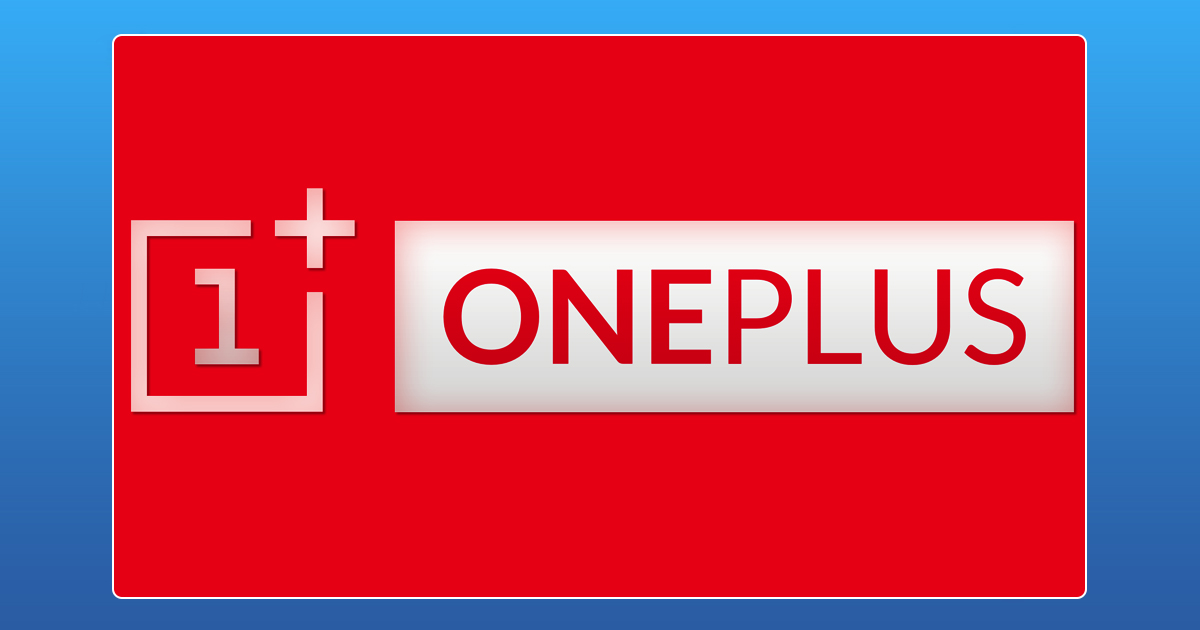Zoho Corporation has won the Indian Web Browser Development Challenge (IWBDC), an initiative by the Ministry of Electronics and Information Technology (MeitY) aimed at promoting digital independence. Announced on March 20, 2025, the challenge sought to develop a secure, indigenous web browser as part of the ‘Aatmanirbhar Bharat’ initiative.
Challenge Overview
The IWBDC encouraged the creation of a homegrown web browser that complies with India’s data protection laws. Out of 434 registered teams, only eight reached the final stage, which involved three evaluation phases: ideation, prototype development, and productization.
Winners and Recognition
Zoho’s web browser, named Ulaa, won the top prize of ₹1 crore for its advanced security features and privacy-focused design. The name “Ulaa,” meaning “journey” in Tamil, signifies its mission to enhance online browsing experiences. Team PING and Team Ajna secured second and third places, winning ₹75 lakh and ₹50 lakh respectively. A special mention was awarded to “Jio Vishwakarma” for their innovative cross-platform design.
Union Minister Ashwini Vaishnaw praised the challenge as a significant step toward establishing an indigenous digital ecosystem in India, emphasizing the importance of self-reliance in technology.
Importance of an Indigenous Browser
The development of an Indian web browser is crucial for ensuring data security and compliance with national regulations. It aims to keep user data within India’s borders and reduce reliance on foreign technology.
Future Prospects
The new browser is designed to be compatible with major operating systems like iOS, Windows, and Android, ensuring accessibility for a wide range of users. This initiative reflects India’s growing technological capabilities and highlights the potential for innovation from smaller cities beyond traditional tech hubs.
Zoho’s success with Ulaa marks a pivotal moment in India’s journey toward digital self-reliance, as the government continues to support domestic innovation and empower local talent in shaping the future of technology.


MM88
November 5, 2025 at 9:24 am
Khám phá thế giới giải trí trực tuyến đỉnh cao tại MM88, nơi mang đến những trải nghiệm cá cược thể thao và casino sống động.
谷歌外推
November 8, 2025 at 9:54 am
采用高效谷歌外推策略,快速提升网站在搜索引擎中的可见性与权重。谷歌外推
MM88
November 14, 2025 at 11:39 am
Với giao diện mượt mà và ưu đãi hấp dẫn, MM88 là lựa chọn lý tưởng cho các tín đồ giải trí trực tuyến.
Kuwin
November 14, 2025 at 1:10 pm
kuwin sở hữu kho game đa dạng từ slot đến trò chơi bài đổi thưởng, mang đến cho bạn những giây phút giải trí tuyệt vời.
GO88
November 23, 2025 at 11:48 am
Tham gia cộng đồng game thủ tại Go88 để trải nghiệm các trò chơi bài, poker phổ biến nhất hiện nay.